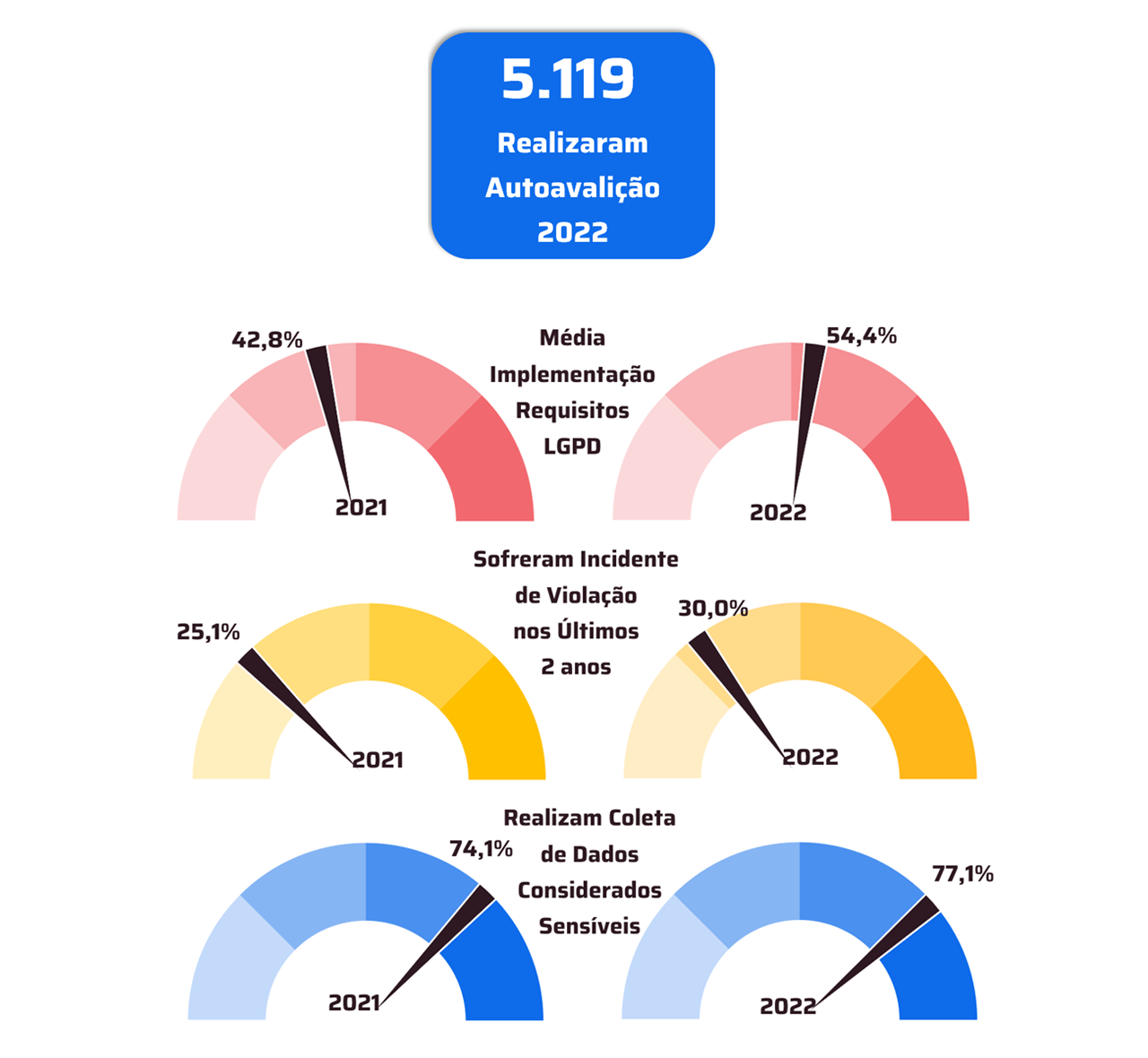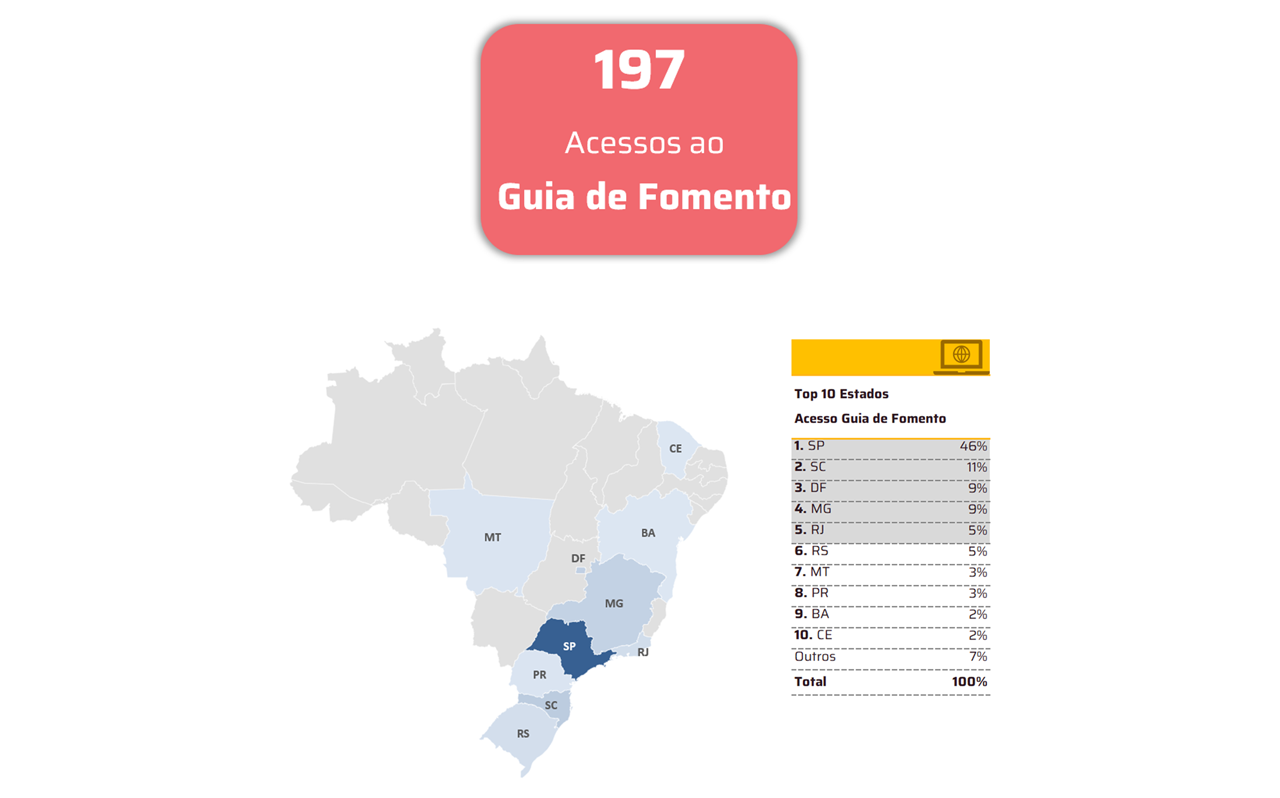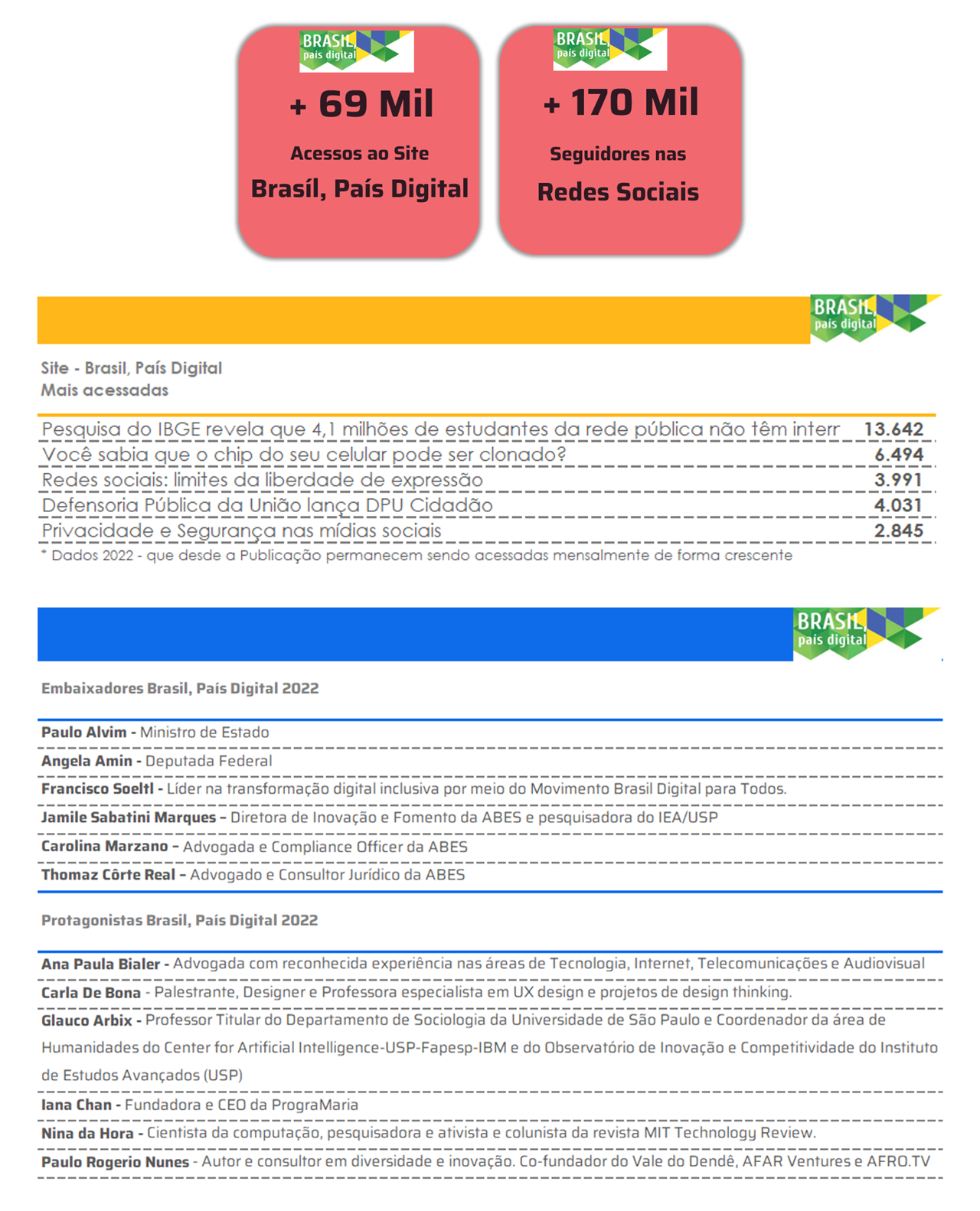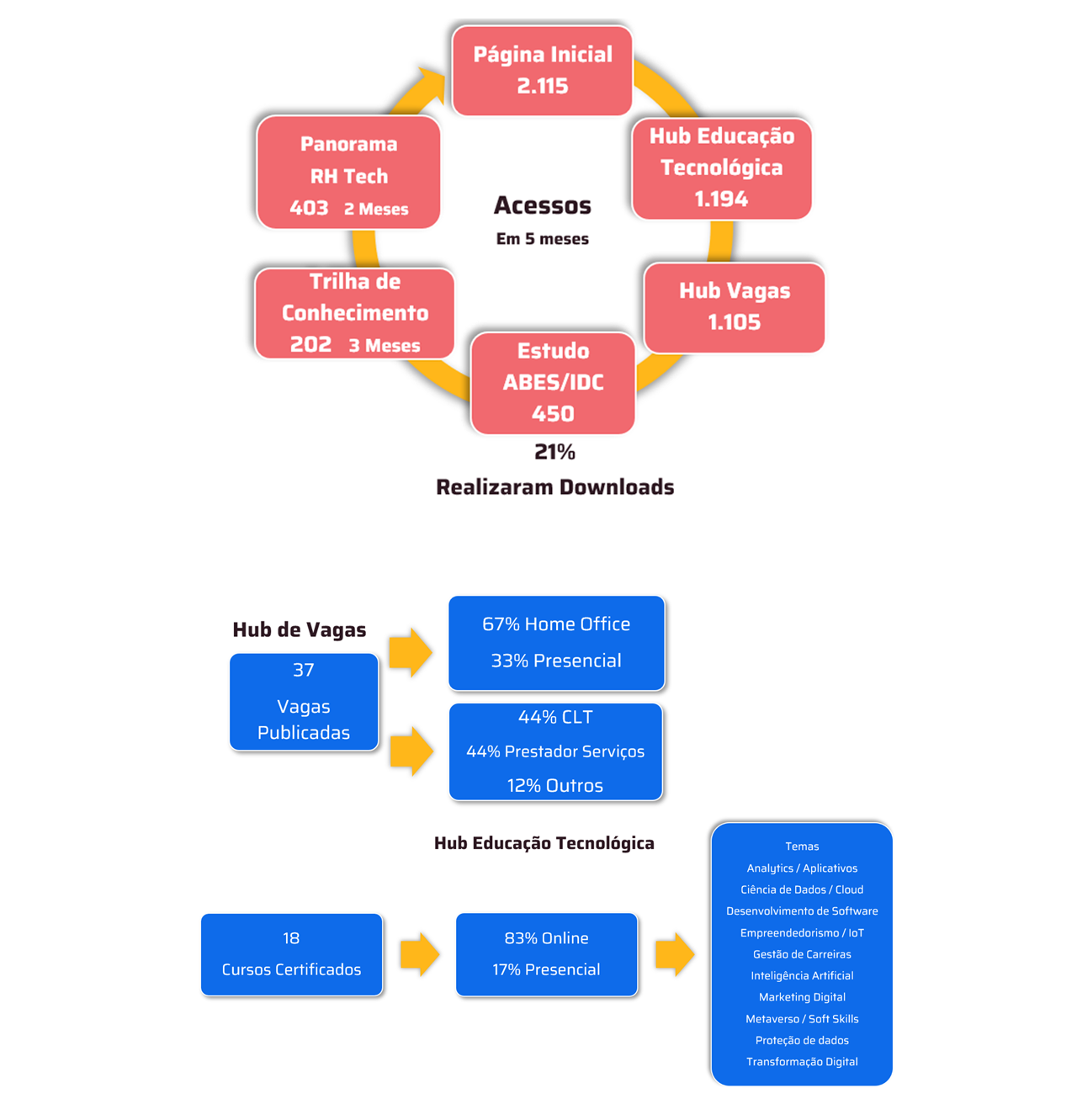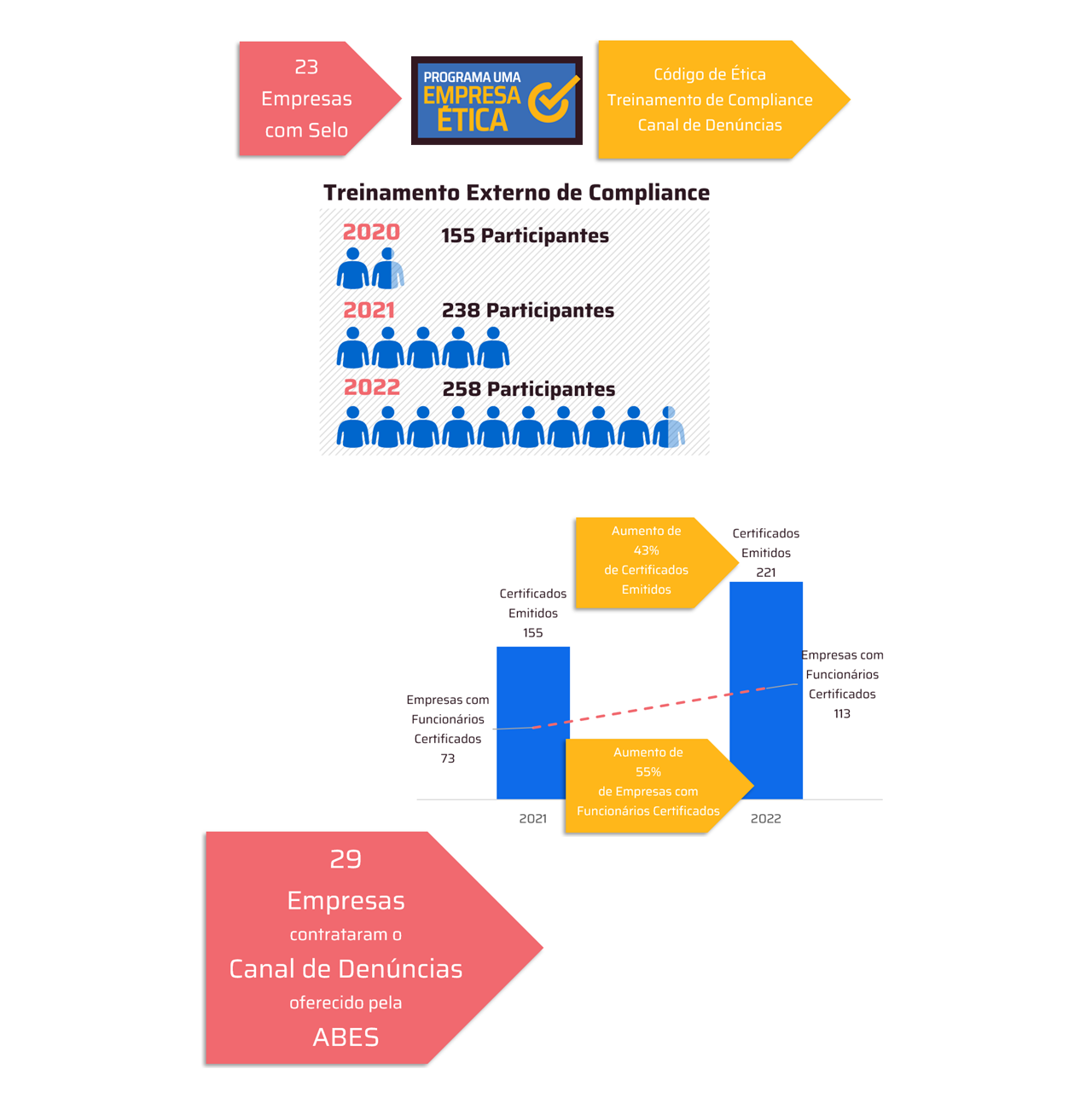TIC Empresas survey shows that AI use in Brazil is stagnant, while Europe is accelerating adoption, especially among medium and large companies
 *By Leonardo Melo Lins
*By Leonardo Melo Lins
On May 13th, the new version of the TIC Empresas survey, one of the most traditional sources of information on the digital economy in Brazil, was launched. The survey reaches its sixteenth edition with diverse indicators on companies' connectivity and digital maturity.1. Since the research uses as a reference the survey on ICT use in European companies, led by the Statistical Office of the European Union (EUROSTAT), it is possible to compare the results of Brazil with several European countries.
Given the advances and investments made by the United States and China, Europe is concerned about the continent's situation regarding the development of digital technologies. In this regard, the Draghi report was released in September 2024.2, the result of several debates held by major technology companies, governments, and universities. The report offers several recommendations and warnings about the future of the European economy, given its distancing from the United States and China, and establishes sustainable technological development as the bloc's mission. One of the report's most relevant points is the discussion of the competitive effects of the bloc's high regulatory burden, addressing the need for some room for experimentation for companies.
In Brazil, the need to update the industrial landscape, given the industry's steady decline in its share of Gross Domestic Product (GDP), has also led to moves toward developing an industrial policy focused on digital technology. One of the missions of Nova Indústria Brasil is the digital transformation of 50% of Brazilian industrial companies by 2033.3. As part of national initiatives to boost AI research and development in the country, the Brazilian Artificial Intelligence Plan (PBIA) 2024-2028 was launched in 2024. It brings together several initiatives aimed at improving the country's role in AI and other digital technologies, seeking to support everything from workforce training to infrastructure financing.
Therefore, it is important to assess the use of AI among Brazilian and European companies, in order to establish a sense of urgency regarding the substantial resources and investments of leading countries in the research and development of artificial intelligence.
According to the latest version of the TIC Empresas survey, 13% of Brazilian companies used some type of AI application. According to the latest version of the European survey, 13,48% of companies in the bloc used some type of AI, with Denmark, Sweden, and Belgium having the highest proportions, with 27,58%, 25,09%, and 24,71%, respectively, of their companies using AI. Therefore, when compared to European Union countries, it is observed that there is a gap between some more digitized countries towards a higher proportion of AI use, with Brazil at a level similar to the European average.
Chart 1 – Use of AI in Brazil and the European Union
Total companies (%)

When analyzing AI use by company size in Brazil and the European Union, the pattern established over the years remains: large companies are those with the highest proportion of AI use. Given that these companies have greater investment and technology experimentation capacity, and given the incipient nature of AI, it is expected that they will have a greater capacity to adopt this type of technology. Comparing Brazil and Europe, however, indicators show an acceleration in AI use among large European companies, while in Brazil the situation remains stable. In 2023, 30% of large companies in the European bloc used some type of AI, a result that increased to 41% in 2024, while in Brazil these proportions were 41% in 2023 and 38% in 2024.
Chart 2 – Companies that used AI, Brazil and the European Union, by size (2023 – 2024)
Total companies (%)

Therefore, data from the new version of the TIC Empresas survey indicate stability in AI use in the Brazilian manufacturing sector, while in the European Union, an acceleration in use can be observed, especially among medium-sized and large companies, and in the Nordic countries. Data analysis shows that AI use has accelerated in the European bloc, while in Brazil, widespread use is somewhat difficult to achieve, especially among large companies, which have the financial and human resources to explore technological innovations.
Therefore, it is important to develop public policy instruments that not only provide financing but also advisory services, as the scenario for implementing technologies in companies is more complex than in other moments of productive transformation, given the broad applications that technologies such as AI or IoT enable for a wide range of organizations. Therefore, seeking to coordinate efforts among diverse actors, aiming to create ecosystems for the use of technologies, can be a strategy that brings benefits both for technology implementation and for research and development. It is worth noting that such practices are common in countries with a tradition of technological innovation, as there are consolidated patterns of interaction between universities and companies, as well as environments created exclusively for technological exploration (testbeds).
*Leonardo Melo Lins is a Researcher at the Abes Think Tank, a participant in the IEA/USP Postdoctoral Program and an Analyst at Cetic.br | NIC.br.
Notice: The opinion presented in this article is the responsibility of its author and not of ABES - Brazilian Association of Software Companies
Article originally published on the IT Forum website: https://itforum.com.br/colunas/ia-brasil-e-uniao-europeia/





